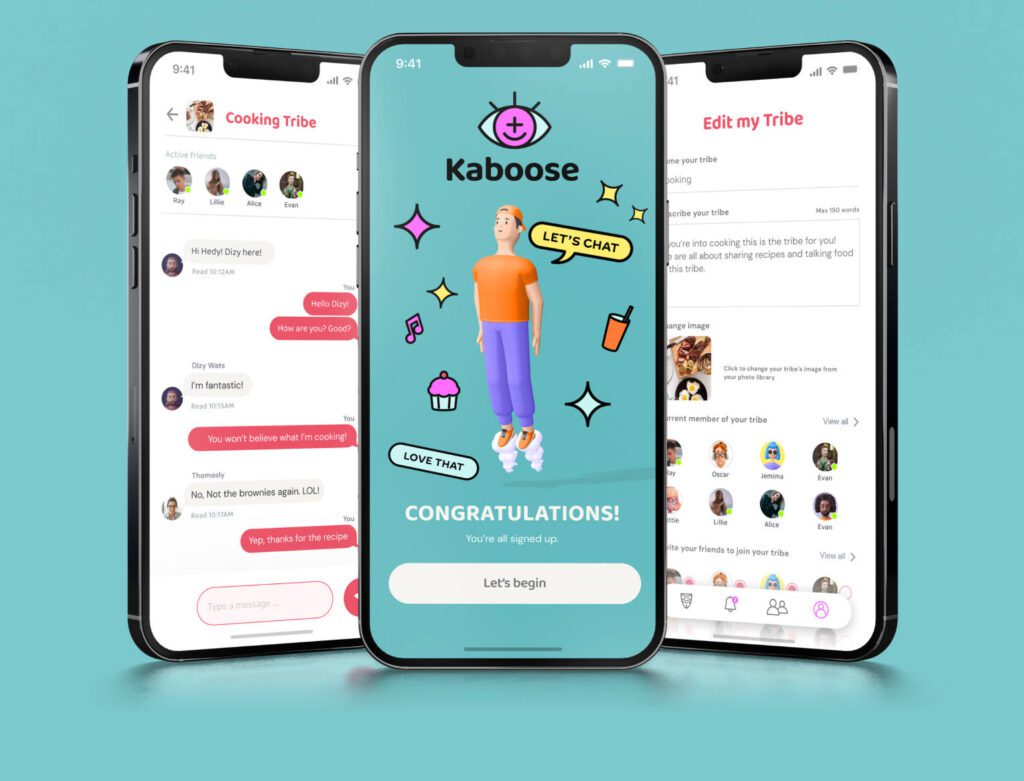As a parent of two children with Autism & ADHD, I often see both my children struggle with time management in different ways.
Firstly, if there is a co-occurring condition like ADHD with Autism, you will often see a number of different presentations.
Specifically, neurodivergent people often have difficulties with executive functioning, which describes the skills that allow us the capacity to plan ahead and meet goals, display self-control, follow multiple-step directions even when interrupted, and stay focused despite distractions, among others.
As a parent we would use various tools from social stories to help the child or young person understand what’s ahead and behaviour expectations, so there are no surprises. The use of visual planners is also critical for a number of young autistic or neurodiverse children, teens and adults. For the younger children, visual planners can include fun ‘icons’ that relate to the child’s special interests and they can also include timers, particularly when tasks need to be completed by a specific time. Reward charts are often used to provide incentives for older children.
As a parent, I think you can support children, teens and young adults to learn new techniques to manage their time – it’s just the tools, approach and incentives will be different. Often older teens realise the areas where they need additional support and are happy to work with their parents or caregiver to come up with solutions together.
Here are a couple of things that have worked well for us:
In the school setting having visual timetables, reward systems and incentives works well.
Once educators understand the different needs of children, working with parents or caregivers on systems to support the child will set them up for success post the school system.
The key thing I talk to my children about is having a system to address the ‘big things’ – like getting to school or work on time or delivering on work tasks. The thing that works for us is a visual plan with times attached and checklists for things like school bags and getting ready for work.
I’ve also found that weekly planning with older teens is effective to plan out the week and make sure there is visibility to avoid meltdowns and reduce the feeling of being overwhelmed due to activities or tasks being left to the last minute.




